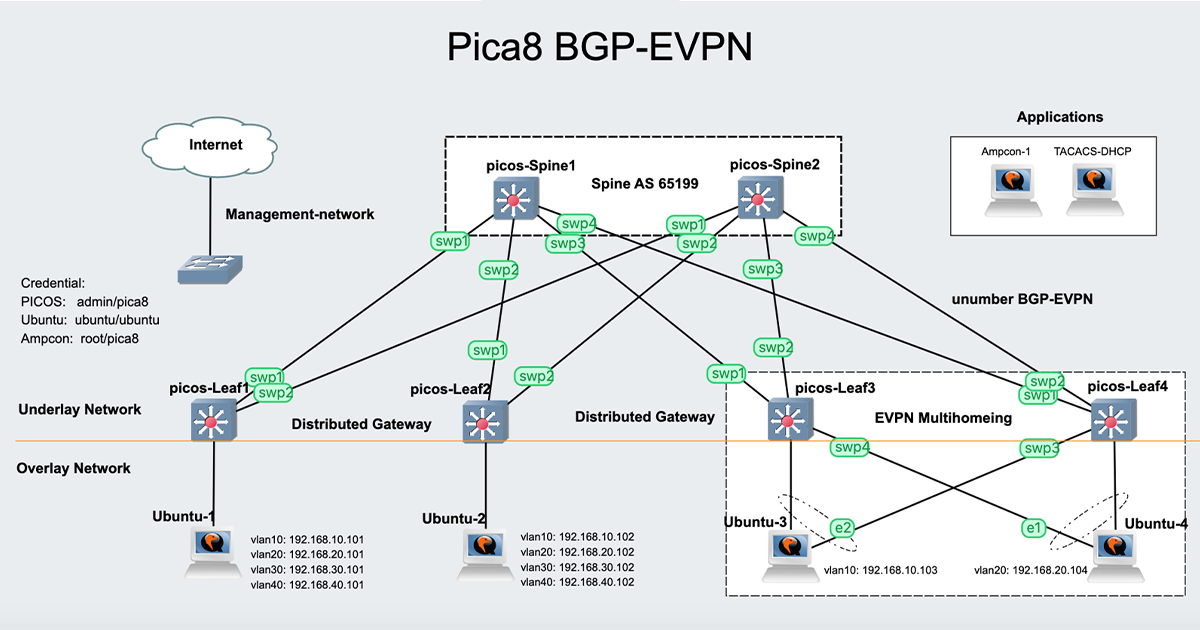Skill Lab: Network Topology Design Fundamentals

Last week, we hosted an engaging skills lab to learn about the fundamentals of network topology design from Pica8 founder and CTO, James Liao. While he’s often too humble to say this himself, James was an original pioneer of software-defined networking (SDN). Enterprise networking is increasingly complex, especially at the access layer where a diverse set of devices, applications, and users need to be connected. This can be difficult to maintain and keep secure, while simultaneously meeting the needs of an agile organization.
Incorporating network virtualization and open software into your topology design will help you meet those needs in a more flexible, scalable way. Here are the takeaways that stuck out for me from our discussion:
- Before starting the topology design, consider how you will operate the network first (ie, geographic constraints, etc.)
- Separating the underlay and overlay networks provides many design benefits:
- A scalable layer 3 underlay
- Flexibility through the layer 2 overlay
- Easy to manage and deploy network virtualization
- Using a flexible network approach provides more flexibility and the ability to evolve the network over time
- Testing and validating the network design before deployment on a virtual lab helps avoid issues before they can become real-world disasters
To hear all the pros and cons of EVPN-MLAG, EVPN-Multi-homing, and enterprise campus topologies based on successful deployments,
watch the webinar recording or check out the
presentation deck.
